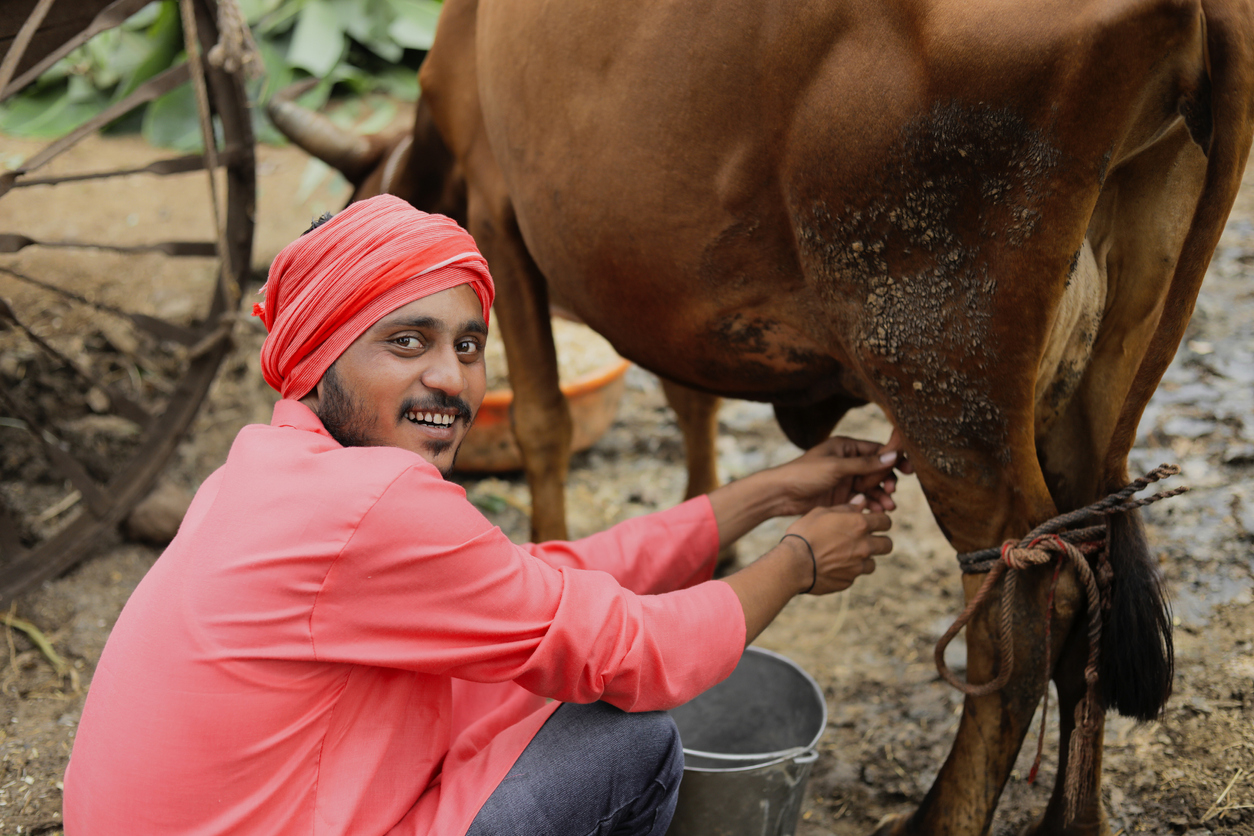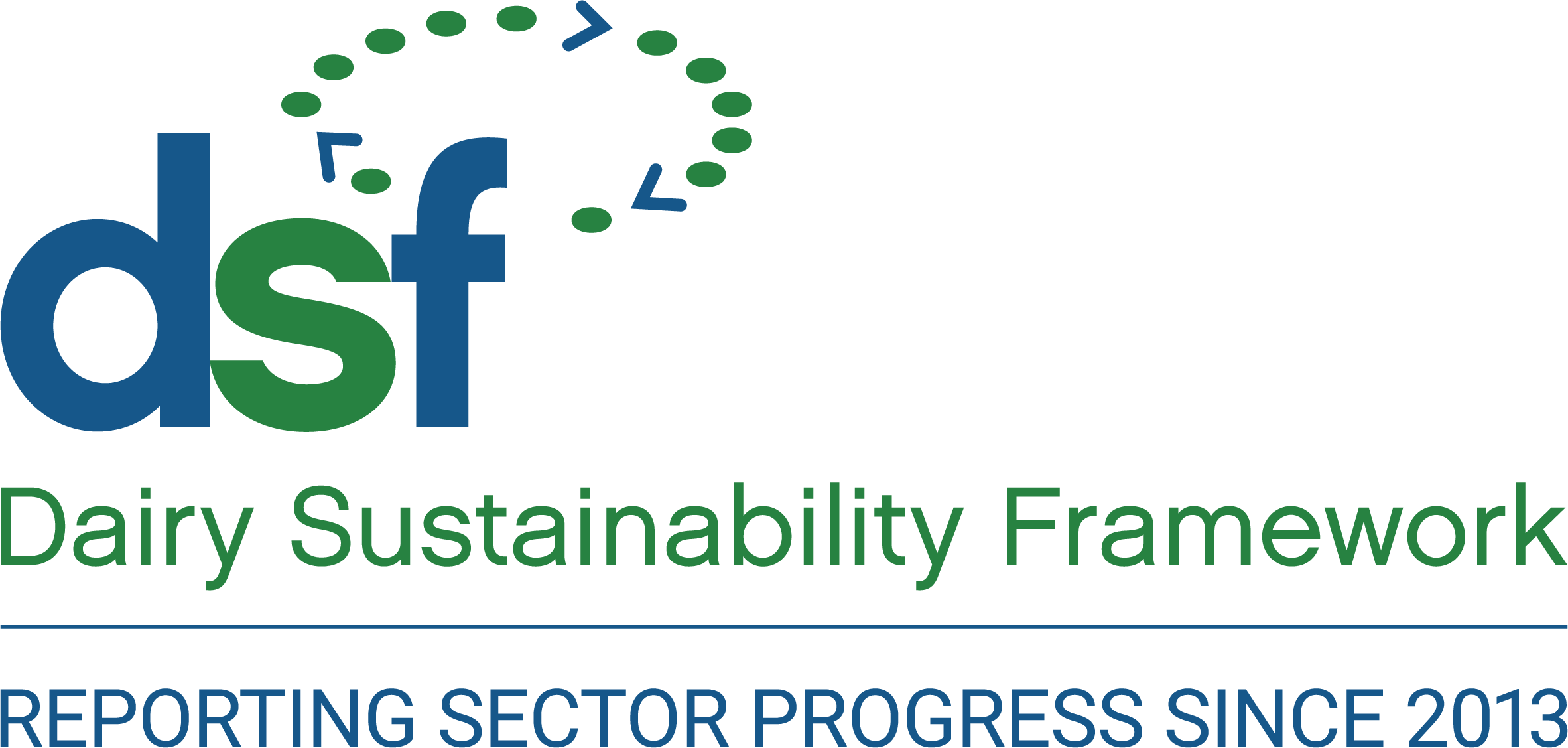Background & history
About Us
Launched in 2013, the DSF is the result of a global, collaborative project that has been developed by the dairy sector for the dairy sector.
The framework approach provides a supported network and system for all levels of the dairy value chain to collaborate with others facing similar sustainability challenges around the dairy world.

The 11 DSF Criteria
The 11 DSF Criteria were established through a major international study funded by the dairy sector, and they undergo reviews. The 11 criteria cover the three pillars of Sustainability – Economic, Environmental and Social.
Economic
– Market Development
– Rural Economies
Environmental
– Biodiversity
– GHG Emissions
– Soil Nutrients
– Soil Quality & Retention
– Waste
– Water Availability & Quality
Social
– Animal Care
– Product Safety & Quality
– Working Contions
Each criteria has a Strategic intent – the ambition of the dairy sector under each of the Criteria, are appropriate for all dairy sector actors, regardless of the starting point in their sustainability journey.
Indicator Development
To achieve the DSF ambition it was agreed by both the DSF Advisory Council, and ratified by the Governors of the DSF, that a set of high level indicators were to be developed for each of the 11 DSF Criteria.
The aggregation of each provide an ‘indication’ of the sector’s continuous improvement. Though we seek to be as robust as possible, the DSF will not be claiming that they are scientifically robust metrics with an exact data ‘measure’, more that they allow us to quantify the trends over time of the sector’s progression.
The vision at inception was that through annual reporting the DSF would be able to measure the delta change over time of Members’ progression. The DSF is absolutely transparent regarding the indicators and what messages can feasibly be drawn from the reports that we provide.
The Governors also agreed that it would be prudent to introduce the 11 indicators over a period of time, allowing members to assimilate these and introduce them into their existing and new sustainability programs at the appropriate time. To this end, the indicators were developed in consultation with Members and public stakeholders (2016 – 2018) and then introduced between 2018 and 2020. Three of the indicators (Water, Working Conditions and Waste) are split into two, giving Members the option to report either at farm or processing level, or both.
Members are only required to report the indicators for the criteria they have prioritised and have, or are establishing, work programs under the specific criteria.
To this end, the indicators were developed through a scientific process by the University of Arkansas in consultation with Members and public stakeholders (2016 – 2018) and then introduced between 2018 and 2020.
